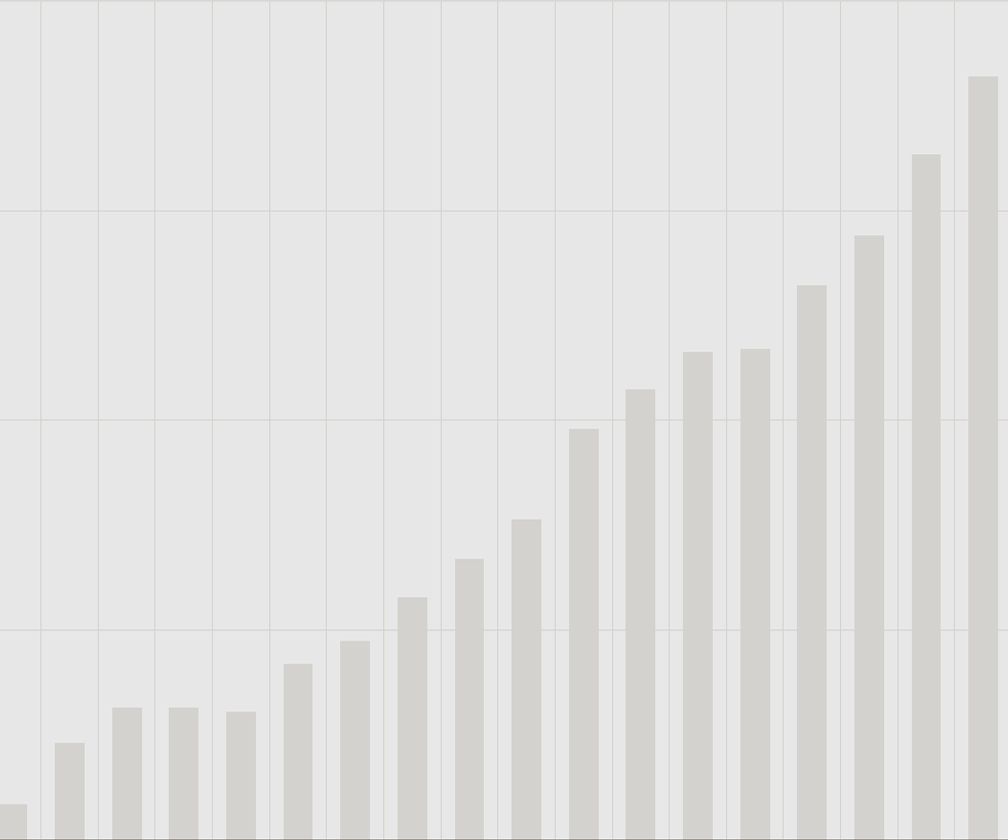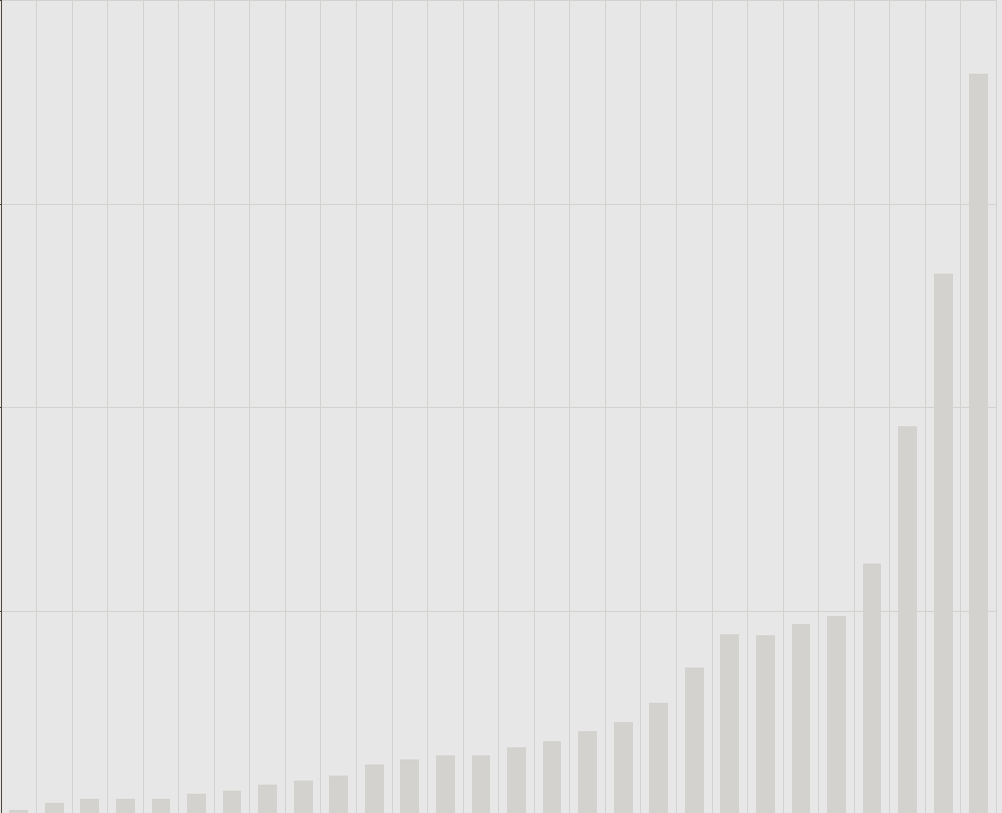In January, my focus was consistent wins. Base hits if you will. Show up and continue to be a CPT. February however, my goal was different. There have been three times in my trading career where I’ve been able to take small steady returns and turn them into much bigger returns. There have been a few other times when it hasn’t worked and I start back over at zero.
Below is a graph of my January P/L. Trading NQ as a scalper. I was willing to risk my January returns for higher February returns. Worse case, I start March at zero and have most of the year to still produce.
Get a Piece, Take the Whole.
January, as you can see went well. Each bar is a day. Focused on base hits and capital protection.

February, as you can see turned out a winner. I increased each trade sequentially. No other adjustments than size and aggression.

As you can see, The first few days were a struggle. I kept hitting foul balls. The trick here is just to stay the course, don’t let it in your head. Then things started to break my way a bit. When this happens, I don’t ask why, no different then with the foul balls. I stay the course. The only job is to stay committed to the plan.
The most CRITICAL thing I can pass on from this : Execute with razor focus.
Each trade consequence is measured. It’s in line with the end intentions of maximizing potential returns without increasing consequence beyond what is tolerable.
This is why a nuanced sense of risk is so important in this game.
Now, mid month. I am done trading.
I did what I came to do and I have earned the ability to watch and plan for march. This allows me time to cool down and return to my CPT mindset. Stack bricks without expectations.
I wanted to take a minute, as I cool down, to write out how I made this work. What mindset it took. I don’t know that this will be helpful to anyone but myself. I share it simply to solidify the process for myself honestly. (it’s all very self serving)
Risk v Consequence
I’ve written about this a bit here. The way I think about Risk is not in a single trade but, overall what am I exposed to. By interacting in the way that I am, what potential adverse effects may it have over time. Consequence is more direct. What are the direct consequences of my actions. With consequence, it’s not that I want them to be low, in fact, I often want them to be high. They are a knob I can adjust depending on the situation and my intentions with the action. I want to understand and accept them before I take the action. I also want to be sure that the consequences of my actions do not accept too much overall risk.
Primary Colors
I go into more detail on this idea here. This is another simple and clear way of thinking through my execution. I operate with the following three colors.
Control : Who has the ball, where do they fumble, where do they drive it home?
Positional Advantage : Where am I located on relation to my opponent as well as my cohorts?
Trade Impact : How meaningful is this trade to my overall curve?
With these three concepts in my mind while I execute a trade, I am able to override all other desires that lead many traders to failure. The “fight” for advantage puts me in the best headspace to both cover my downside and increase my upside. The only metric I changed in my trading was Trade Impact. I did this by adding aggressively when trades were working. I also looked for more “waterfall” type moves and capitulations. Lucky for me, Feb was full of them.
That’s the beauty of it. This time, for whatever reason, the market was supportive of my idea. There have been times and there will be times when this isn’t the case and these trades come back in my face. I can live with that.
As I lace these concepts together, I am able to get a three dimensional view of how I want to handle my bets. I can ignore the noise that most people get lost in and simply manage my own bankroll.
It’s critical to understand that in this action, I accept zero “new risk”. I am only risking what has been given to me by the market. This creates an ideal situation. You can call it “playing with house money”. What makes this possible however is the ability to “gamble” it all and, if you end up back at zero, you walk away. No drama, no trauma.
Most likely, I won’t do another one of these until later in the year. They are very stressful and require focus that can be hard to pull off. It’s honestly my preference to simply trade a solid EV system day in and day out and tack consistent wins. That takes almost no effort at this point.
March
March starts at zero. My base position size has increased but I will return to a smaller size than I traded in Feb. I will have to build my curve back up again from nothing. For me, this is the best part. To start back at ground zero. Time to fully prove out the edge again over time. Forget what you did, forget what happened, time to do it again.
This keeps me sharp. Keeps me constantly on my best. Ultimately, that is what we are here for.
Onward and upward.
